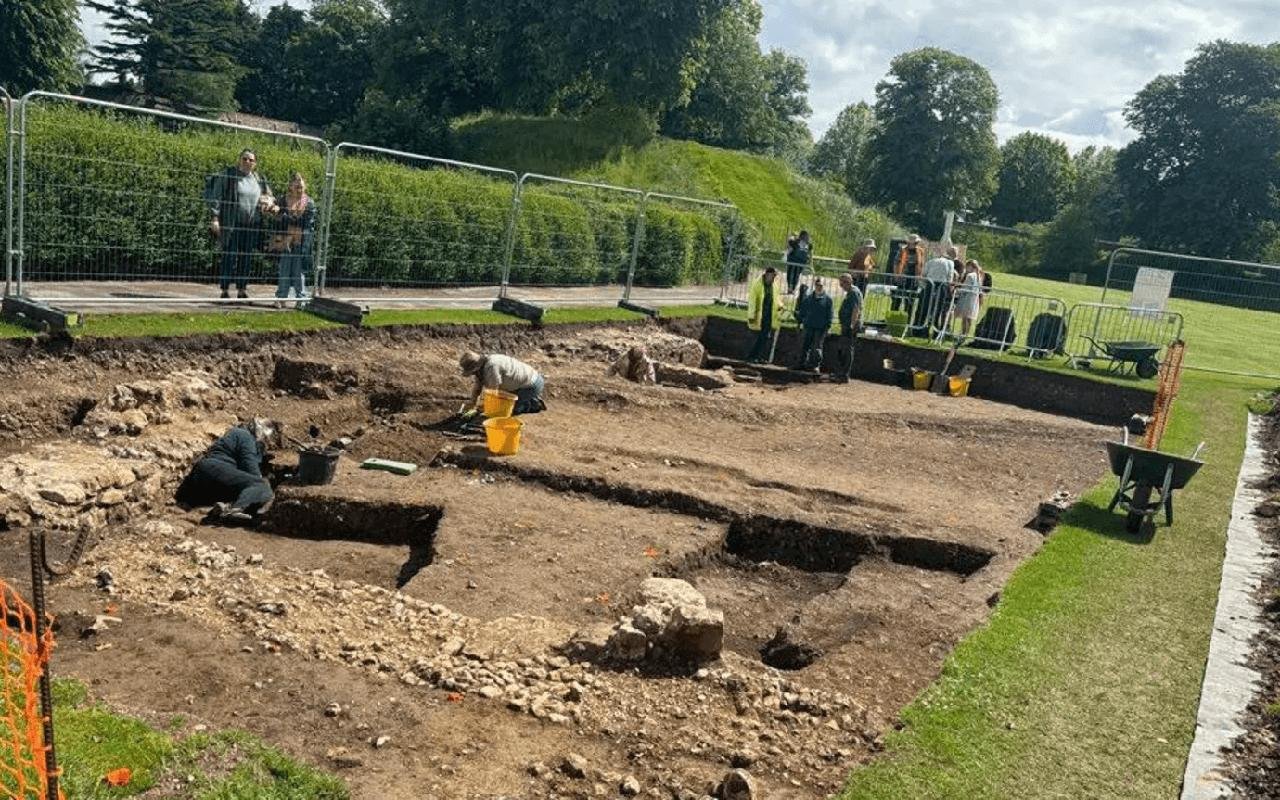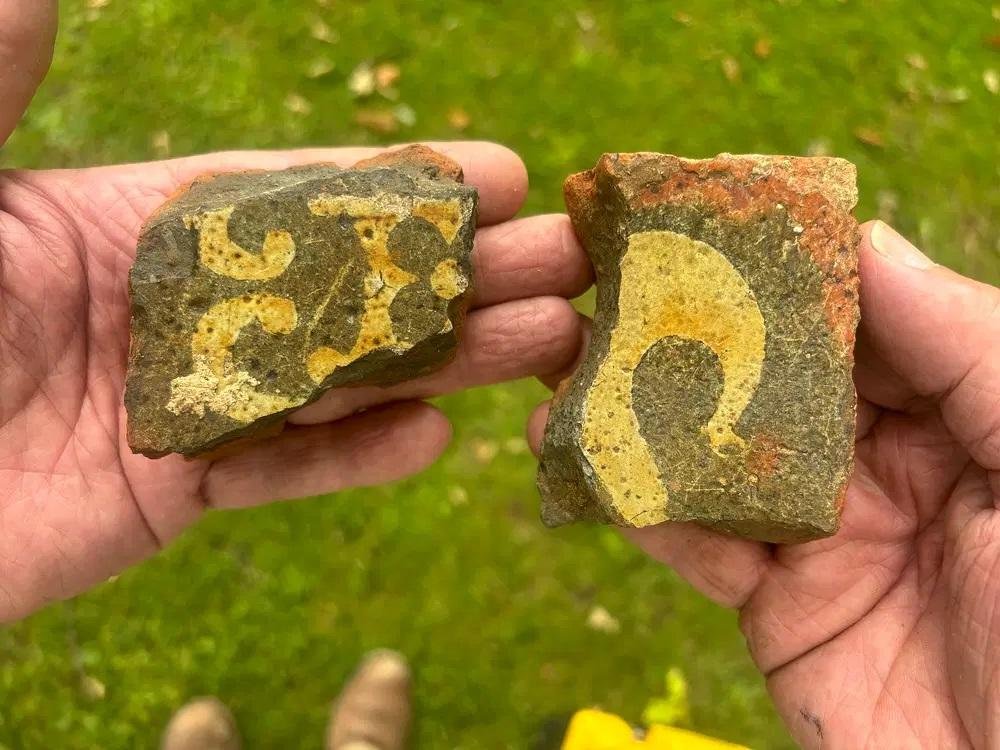Researchers from the Chichester and District Archaeology Society have unearthed the remains of a military causeway or bridge in Chichester’s Priory Park. The current excavation, which began on May 21, will conclude on Monday, June 3, with a public open day scheduled for Saturday, June 1, to showcase the findings.
 The dig in Chichester’s Priory Park. Credit: Chichester District Council
The dig in Chichester’s Priory Park. Credit: Chichester District Council
This is the seventh excavation led by Chichester District Council’s archaeologist, James Kenny, in Priory Park. “We have been continuing the work that we did last year, focusing on the park’s Norman history, and we’ve been fortunate enough to uncover the structure of a bridge that would have spanned the ditch surrounding the central mound, or ‘motte’,” said Kenny. “This is an exciting discovery because this is the first time since the Middle Ages that people have been able to view what would have been a very impressive military defensive system.”
The bridge is believed to have been a crucial part of the city’s defense mechanism, allowing Norman soldiers to protect Chichester’s castle. The structure was robustly constructed, featuring a corner block made of imported limestone and putlog holes for scaffolding. These architectural elements suggest that the ground level at the time was at least six feet lower than it is today.
“The structure is extremely impressive and solidly constructed,” Kenny noted. “Norman soldiers would have used this bridge to cross over the masonry on foot, by horse, or with carts, then removed the beams after use to prevent invaders from crossing to the motte.”
 Other significant artifacts discovered at the site include fragments of decorative floor tiles from the late medieval period and roofing materials believed to date back to the Tudor period. Credit: Chichester District Council
Other significant artifacts discovered at the site include fragments of decorative floor tiles from the late medieval period and roofing materials believed to date back to the Tudor period. Credit: Chichester District Council
The excavation has been guided by geophysics and ground-penetrating radar scans conducted in 2022, which indicated the presence of a large structure beneath the surface. These advanced techniques have allowed archaeologists to pinpoint the exact locations to dig, resulting in the remarkable discovery of the bridge.
This year’s dig has also yielded other significant artifacts, including fragments of decorative floor tiles from the late medieval period and roofing materials believed to date back to the Tudor period.
The motte and bailey castle in Chichester, probably constructed shortly after the Norman Invasion of 1067 or 1068 by Earl Roger Montgomery, was originally a formidable structure. Montgomery was a prominent Norman baron, overseeing much of what is now West SusSєx. The castle was intended to intimidate the local English population and discourage rebellion against Norman rule.
“The motte was once a major structure, four or five times larger than it is now, and most likely comparable in size to the one at Arundel Castle,” explained Kenny. “Today, only a small portion of the motte remains, but back then, it would have been a significant presence in the landscape.”
Chichester District Council





